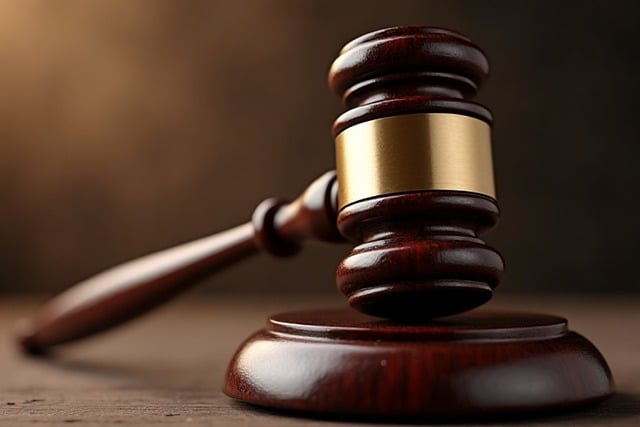Pedestrian bus accidents cause profound emotional trauma, leading to intense feelings and potential PTSD. Recognizing signs like anxiety, withdrawal, and headaches is vital as they can signal deeper psychological issues. Professional therapy and counseling are essential for healing, managing fear, and addressing emotional scars. Support from friends, family, and groups aids in processing trauma and prioritizing personal recovery alongside legal matters handled by a car accident lawyer.
A pedestrian bus accident can leave survivors grappling with more than physical injuries; emotional trauma is often a silent, yet powerful, aftermath. This article delves into the profound impact such incidents have on individuals, exploring understanding and coping mechanisms. We discuss recognizing common signs of distress, offering practical strategies for healing, and emphasizing the importance of support networks in recovery from these deeply affecting events. By addressing emotional trauma head-on, survivors can navigate their path to healing.
- Understanding Emotional Trauma After a Pedestrian Bus Accident
- Recognizing Common Signs and Symptoms of Distress
- Strategies for Healing and Recovery from Such Incidents
Understanding Emotional Trauma After a Pedestrian Bus Accident

After a pedestrian bus accident, it’s crucial to understand that emotional trauma can be profound and multifaceted. The experience of being involved in such a traumatic event can lead to a range of intense emotions, from fear and anger to sadness and confusion. Survivors may find themselves dealing with acute anxiety or post-traumatic stress disorder (PTSD), which can significantly impact their daily lives and relationships. Recognizing these emotional responses is the first step towards healing.
Seeking professional help from therapists or counselors trained in handling trauma is essential. A truck accident lawyer or wrongful death attorney, while crucial for legal matters, may not address the complex psychological effects of such incidents. Supporting survivors through this process, whether it’s through counseling sessions or caregiver abuse prevention programs, can help them navigate and ultimately overcome the emotional aftermath of a pedestrian bus accident.
Recognizing Common Signs and Symptoms of Distress

Recognizing common signs and symptoms of distress is a crucial step after a pedestrian bus accident. Many survivors may experience immediate physical reactions such as headaches, dizziness, nausea, or difficulty breathing. These symptoms can persist and evolve into more complex emotional challenges over time. Additionally, individuals might exhibit behavioral changes like withdrawal from social activities, insomnia, irritability, or increased anxiety levels.
It’s important to remember that everyone processes trauma differently. Some may quickly seek support from loved ones, while others might internalize their pain. If you or someone close to you is facing these symptoms after a pedestrian bus accident, considering professional help from a car accident lawyer Orlando or a mental health specialist can be beneficial. They can guide you through the process of healing and navigating an injury claim.
Strategies for Healing and Recovery from Such Incidents

Healing from a pedestrian bus accident is a journey that requires patience and resilience. The initial impact extends beyond physical injuries; it often leaves deep emotional scars. One crucial step in recovery is seeking professional help, such as therapy or counseling, to process these traumatic experiences. Trained mental health professionals can provide strategies tailored to coping with anxiety, fear, or flashbacks that may arise.
Additionally, building a support network is invaluable. Sharing your story with understanding friends and family can foster a sense of community and belonging. Support groups, where individuals with similar experiences gather, offer safe spaces to express emotions, gain insights from others’ journeys, and discover effective coping mechanisms. While an auto accident lawyer handles legal aspects, such as defective products or seeking compensation, focusing on personal healing becomes the priority, enabling individuals to navigate their path to emotional recovery after a pedestrian bus accident.
A pedestrian bus accident can leave individuals dealing with not only physical injuries but also profound emotional trauma. By understanding the potential impacts, recognizing signs of distress, and employing effective healing strategies, those affected can navigate their recovery journey towards a brighter future. Remember that seeking support from professionals and fostering a supportive network are crucial steps in overcoming the challenges posed by such incidents.






